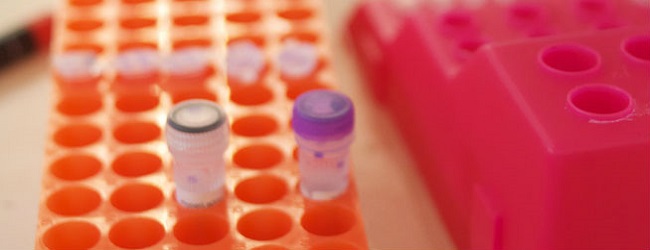A Crash Course in Molecular Cloning
Explore the pros and cons of key DNA Cloning techniques such as TA, Golden Gate, and Gateway cloning, and find out how to manage DNA complexities in our guide to Molecular Cloning.
Join Us
Sign up for our feature-packed newsletter today to ensure you get the latest expert help and advice to level up your lab work.
Search below to delve into the Bitesize Bio archive. Here, you’ll find over two decades of the best articles, live events, podcasts, and resources, created by real experts and passionate mentors, to help you improve as a bioscientist. Whether you’re looking to learn something new or dig deep into a topic, you’ll find trustworthy, human-crafted content that’s ready to inspire and guide you.

Explore the pros and cons of key DNA Cloning techniques such as TA, Golden Gate, and Gateway cloning, and find out how to manage DNA complexities in our guide to Molecular Cloning.

At the heart of cloning are restriction enzymes. Restriction enzymes are a common tool in any molecular biology lab. Need to know how large your plasmid is? Cut it with a restriction enzyme. Need to chop your genomic DNA into smaller pieces for a southern hybridization or to prepare a library? Use a restriction enzyme….

One of the most annoying traits of “classical cloning” is an imperfect system of discriminating between the clones containing an empty vector and vector with insert after cloning. Even when your self-ligation control plate is empty, you can have a lot of colonies containing an empty vector on the “vector + insert” plate. Even the blue-white…

While the classic approach to molecular cloning – using restriction enzymes to excise a DNA fragment of interest – is as useful as ever, new techniques that make cloning faster, easier and more versatile are available. As a smart molecular biologist, you should be examining each of them to see whether or not adding them…

The eBook with top tips from our Researcher community.